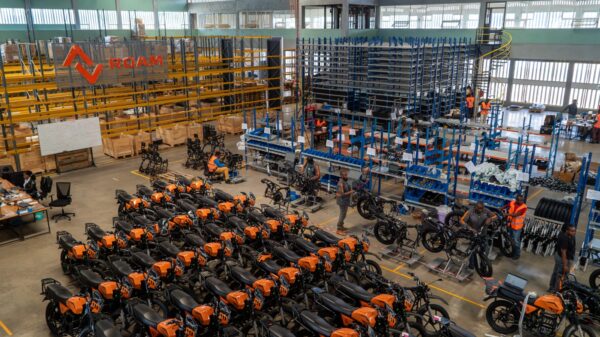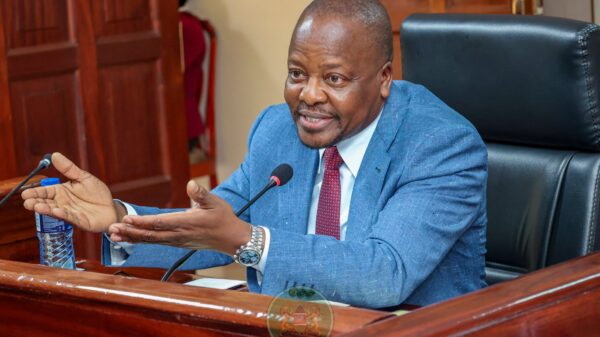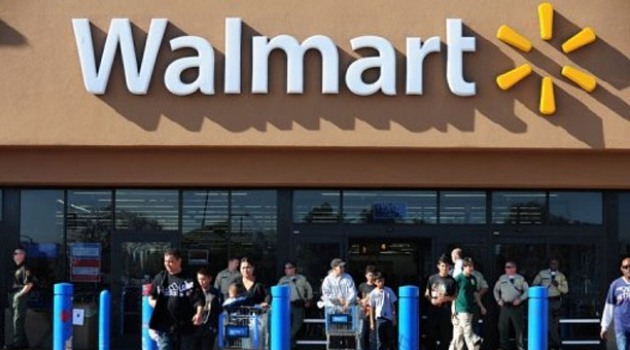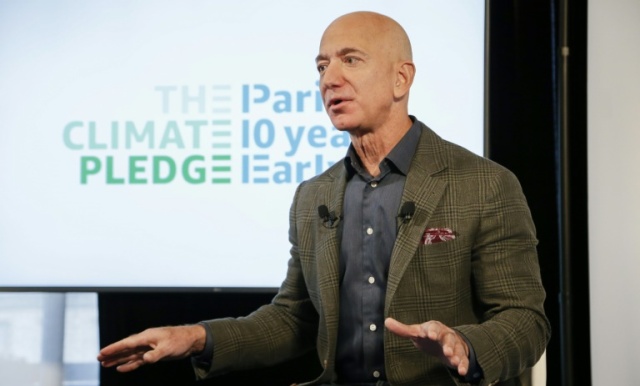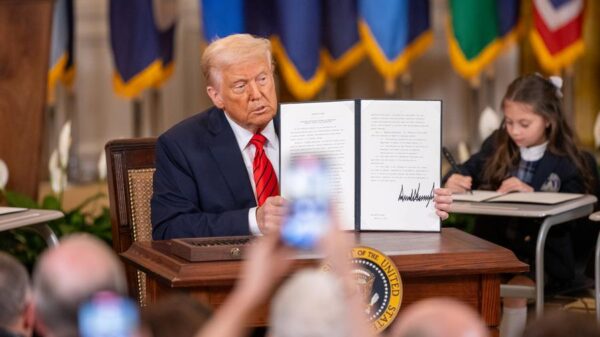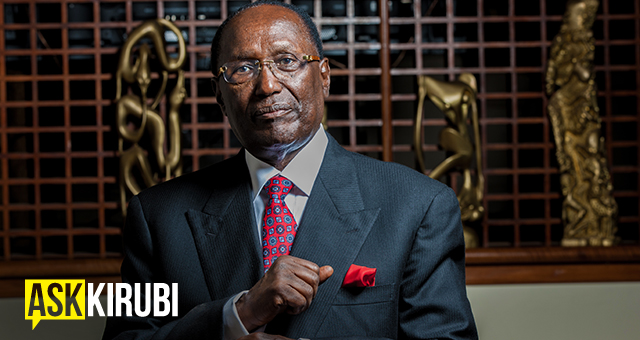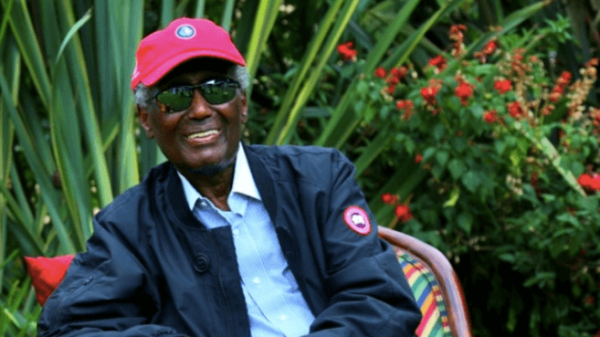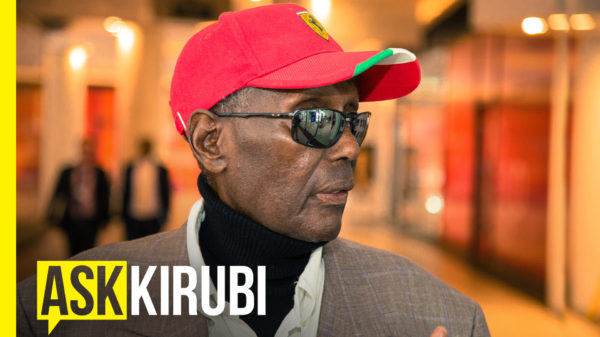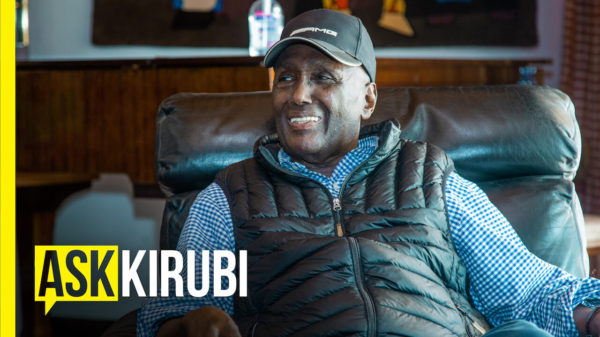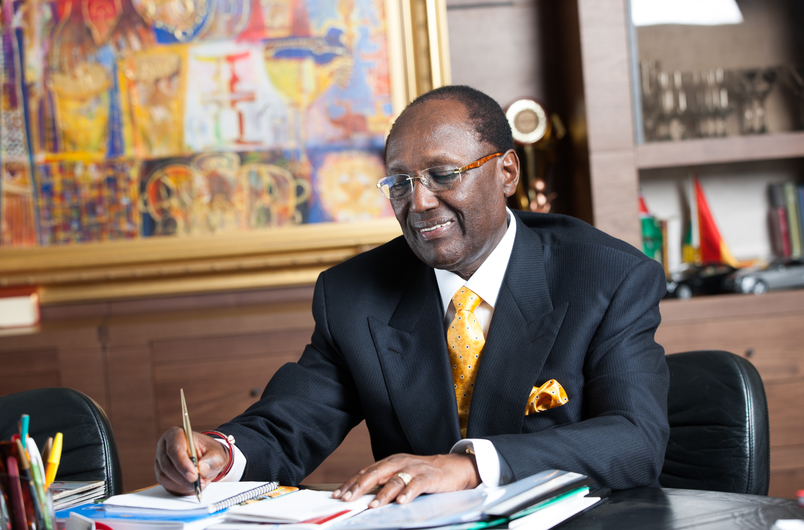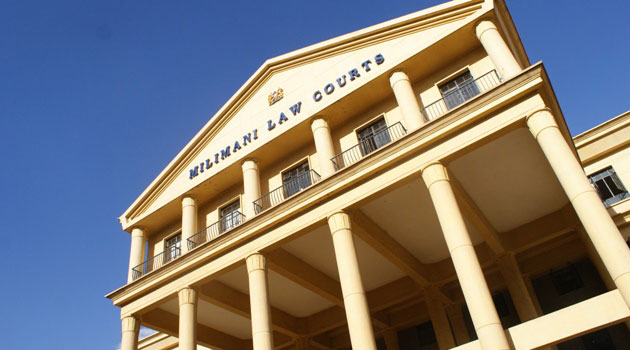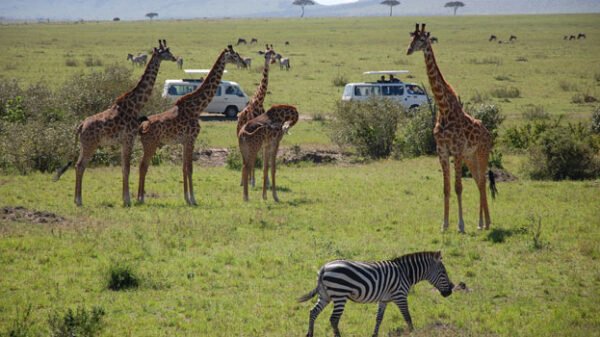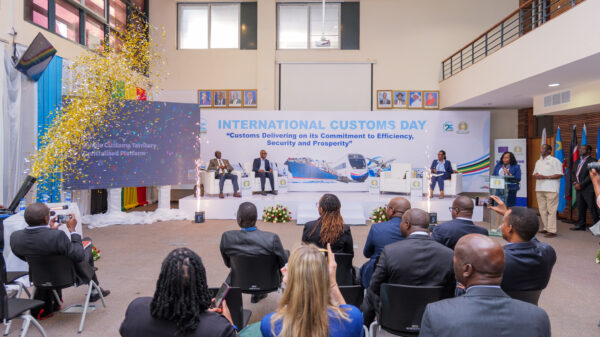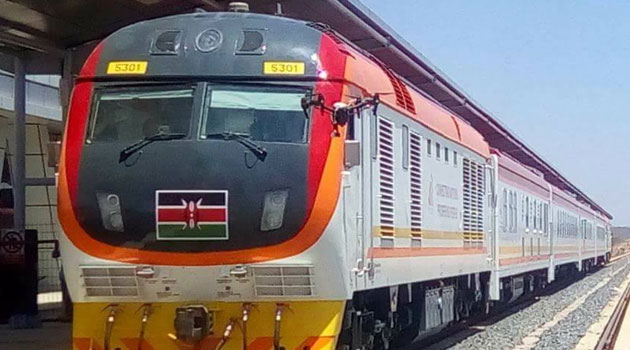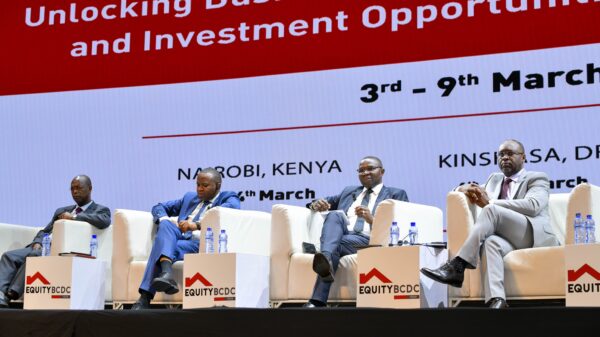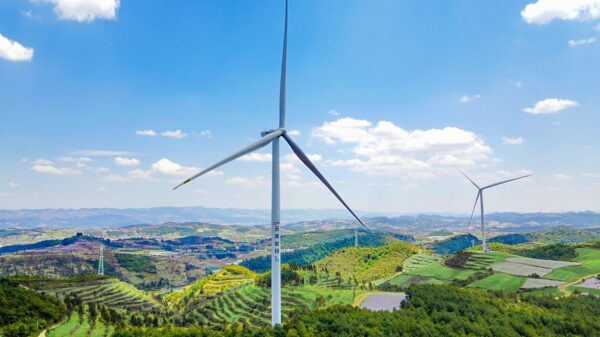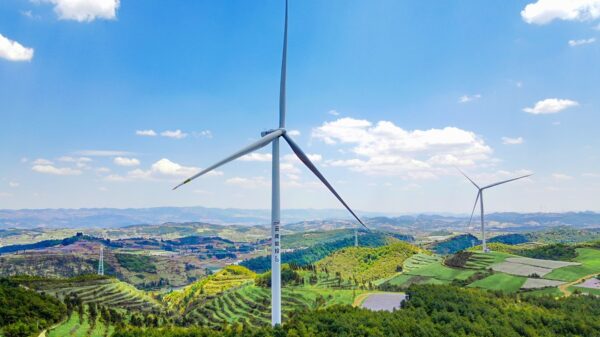In a significant boost to regional integration, the Democratic Republic of Congo (DRC) officially joined the East African Community (EAC) on 11 July, fulfilling one of its political leaders’ long-held ambition.
With the DRC’s accession, the EAC’s combined GDP has shot up to $250 billion, its population has risen by nearly 50 per cenyt to 300 million and its geography has expanded by nearly 80%, giving the bloc the potential to build a strong economy, tackle shared conflicts and assume a leadership role on the international stage.
Given the resurgent conflict in the DRC’s eastern provinces that is reopening old wounds with its neighbours, the country has joined at a crucial moment. Paired with recent peace talks between DRC President Félix Tshisekedi and Rwandan President Paul Kagame, the DRC’s accession to the EAC presents a real opportunity to bring stability to East Africa, allowing the region to capitalise on its economic potential and ensure that the benefits of growth reach its citizens.
The EAC’s importance for the region’s future
Initial 20th century efforts by Kenya, Tanzania and Uganda to foster East African integration have expanded into a much more ambitious enterprise, marked by the creation of a customs union in 2005, a common market in 2010 and a monetary union in 2013, as well as the incorporation of Rwanda, Burundi, South Sudan – and now the DRC – over the course of the 21st century. As a result, the EAC is now the most integrated trading bloc in Africa and has delivered tangible economic and political benefits for its members.
For example, a 2016 study found that the customs union at the heart of the EAC had boosted trade between its members by a stunning 213%, significantly surpassing other regional blocs on the continent. The researchers also found that this rise in intra-regional trade, even in the common market’s infancy, had increased the bloc’s GDP by 0.45%, reducing the risk of conflict between members by 12% due to their increasing interdependence; the study projected that the common market’s economic impact could double as the bloc matured.
Greater EAC integration therefore enjoy immense potential in terms of improving well-being and tackling poverty. As the club’s newest recruit, the DRC will benefit from increased access to neighbouring markets as well as major Indian Ocean ports for shipping Congolese exports to global markets. Still further integration is necessary, however—in 2017, trade within the EAC accounted for 19% of total exports and 8% of imports, falling well short of the world’s most integrated trading blocs.
The DRC’s potential contribution to the EAC
This is where the DRC comes into play. This nation has a large and growing economy – which the IMF has projected will expand by an impressive 6.4% in 2022 – driven by the export of its abundant and highly lucrative minerals, namely cobalt, copper and coltan. It also boasts a strategic geography that connects existing EAC members to the Atlantic coast and a stable leader in President Félix Tshisekedi, who, through his engagement in the EAC Nairobi process and peace talks with President Kagame, has proven his determination to resolve the conflicts that have held back the region’s human and economic development for decades.
James Mwangi, CEO of Equity Group, a Kenyan banking group which has shown interest in investing in the DRC, has referred to the DRC’s entry to the EAC as a “game-changer in as far as intra-regional trade in East Africa is concerned.” Its location is highly conducive to cross-border trade and its nearly 100 million-strong population opens up a massive export market for EAC member states, as EAC secretary general Peter Mathuki has pointed out. Mathuki expects the value of EAC exports to the DRC to quadruple, making the region more economically competitive and dynamic.
In order to unlock the full trade and investment potential presented by the DRC’s accession, however, the EAC must help restore stability to its conflict-ridden eastern border provinces and develop sorely lacking cross-border transport infrastructure—the DRC, for example, currently has 30 times fewer roads per square kilometre than other African countries, squandering the advantages of its geographic size and strategic position.
Bigger picture – A win-win situation for the EAC and international community
To overcome these obstacles, foreign investors and financial institutions— such as the World Bank and IMF—will need to invest in regional transport and power infrastructure in the DRC. Improved Congolese rail, road and port infrastructure will be key in driving future growth in the EAC region, making it a two-ocean region with massive trade potential within the bloc as well as further afield. In a sign that will undoubtedly encourage private investors, the World Bank has accelerated its projects in the DRC after giving its seal of approval to the progress that the Congolese government has made on good governance and economic reforms.
Beyond the economic benefits, World Bank DRC country director Jean-Christopher Carret has said that improved transport connectivity will also help reduce violence, as “armed groups prefer to operate in inaccessible areas.” And if the EAC’s committed diplomatic efforts succeed in curbing the emerging conflict, foreign infrastructure investment will become highly appealing, particularly considering the DRC’s strategic importance in terms of Western energy needs.
The West’s green energy transition is heavily dependent on the DRC’s vast, world-leading reserves of cobalt – a key component of batteries used in electric vehicles (EV) – and improved infrastructure could prove vital in accelerate exports of this crucial mineral to meet Western demand, supporting both the DRC and the EAC’s development. The Congo River also provides significant hydroelectric power potential stemming from the Congo River that investors should tap into, which could provide clean energy for the EAC and foreign markets.
The DRC’s accession constitutes a historic step forward for the EAC. With its vast size and potential, the EAC has the opportunity to build on its status as a major economic and diplomatic player on the African continent as well as on the broader international stage.


